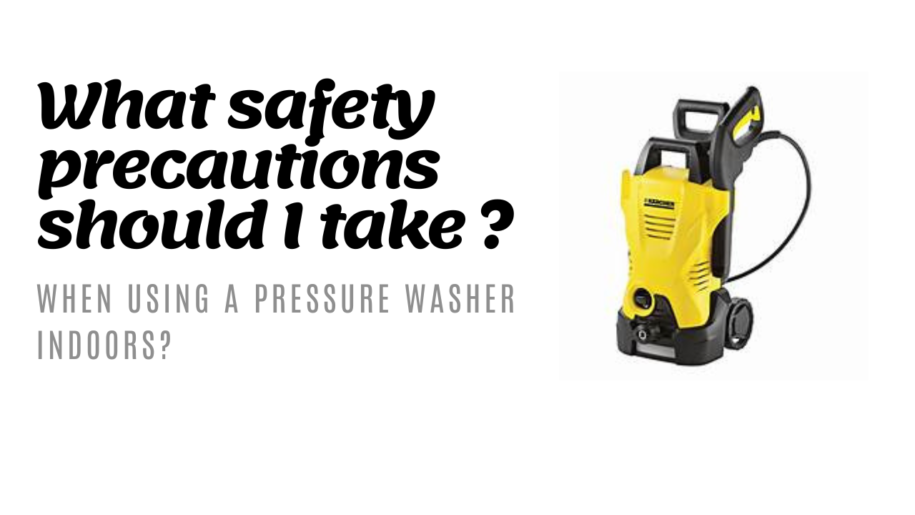
Pressure washers are powerful tools that can make cleaning fast and effective. However, for using them indoors, the stakes are higher due to potential risks, such as water damage, electrical hazards, and injuries. Understanding and implementing the right safety precautions can ensure a safe cleaning experience and help prevent accidents.
Let’s dive into how you can use a pressure washer indoors without turning your cleaning session into a disaster!
Selecting the Right Pressure Washer for Indoor Use
Electric vs. Gas Pressure Washers
When planning to use a pressure washer indoors, your first decision should be choosing between an electric and a gas pressure washer. Gas pressure washers, while powerful, emit carbon monoxide—a dangerous gas that can be deadly in unventilated spaces. For indoor use, electric pressure washers are your go-to as they don’t produce harmful fumes and are generally quieter and lighter.
 Photo by Alex Green
Photo by Alex Green
PSI and GPM Considerations
Choosing a pressure washer with the right PSI (pounds per square inch) and GPM (gallons per minute) is crucial. For indoor tasks, a machine with 1,500 to 2,000 PSI is usually potent enough to be effective without being too forceful that it damages surfaces. Similarly, a lower GPM will reduce the volume of water used, which is ideal to prevent flooding and water waste. Opt for a model designed for lighter, more delicate operations.
Preparing the Indoor Space for Pressure Washing
Clearing the Area
Before starting, take time to clear the area. Remove or cover furniture, electronics, and any valuable items that could be damaged by water or force. This not only protects your belongings but also creates a safer space to maneuver your pressure washer.
Protecting Surfaces and Outlets
Water and electricity are a dangerous mix. Cover all electrical outlets with waterproof covers and use plastic sheeting to protect other sensitive surfaces. If you’re working near electrical appliances, make sure they are unplugged and stored away from the cleaning area.
Safety Gear and Personal Protection
Appropriate Attire
Safety first—always wear goggles to protect your eyes from flying debris, sturdy shoes to safeguard your feet, and gloves to enhance grip and protect your hands. Consider wearing long pants and a long-sleeved shirt to shield your skin from accidental sprays.
Respiratory Protection
Indoor environments can amplify the presence of dust and aerosols. Wearing a mask or respirator can be crucial to avoid inhaling any harmful particles or chemical vapors from cleaning solutions.
Operating the Pressure Washer Safely Indoors
Ventilation
Good ventilation is paramount! Always ensure that the area is well-ventilated. Open windows and use fans to circulate air and help clear out any airborne particles or moisture that could lead to mold growth.
Avoiding Electrical Hazards
Safety around electricity cannot be overstated. Use a Ground Fault Circuit Interrupter (GFCI) outlet to plug in your pressure washer. This can help prevent electrical shocks by breaking the circuit if there is an imbalance in electrical current.
Post-Cleaning Safety Measures
Proper Storage
After finishing your cleaning, don’t just shove your pressure washer back in the closet. Drain any remaining water, clean the nozzles, and store the unit in a dry, secure place. This helps avoid rust and keeps the machine in good working order.
Maintenance Checks
Regularly inspect your pressure washer for any signs of wear or damage. Hoses, connectors, and the spray gun should be checked to ensure they are functioning properly and safely.
Conclusion
While a pressure washer can be a dynamic cleaning tool indoors, it demands respect and precaution. Adopt these safety measures to ensure not just the cleanliness but also the integrity and safety of your indoor environment. Always remember, a clean home doesn’t have to come at the expense of your safety. Happy and safe cleaning!
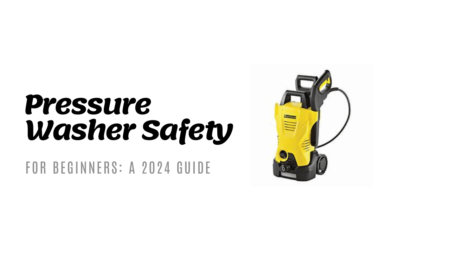
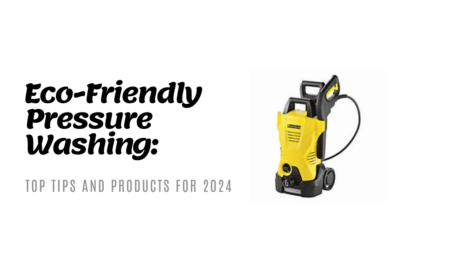
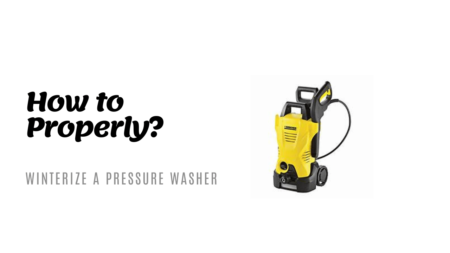
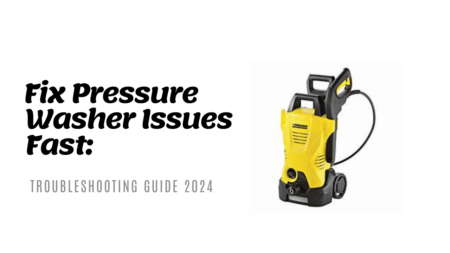
![Pressure Washing Regulations: What You Need to Know [Updated 2024]](https://pressurwasher.com/wp-content/uploads/2024/05/Minimalist-Tutorial-Event-YouTube-Thumbnail-2024-05-31T224409.854-450x253.png)
![Ultimate Guide to Pressure Washer Maintenance [2024 Edition]](https://pressurwasher.com/wp-content/uploads/2024/05/Minimalist-Tutorial-Event-YouTube-Thumbnail-2024-05-30T230638.695-450x253.png)